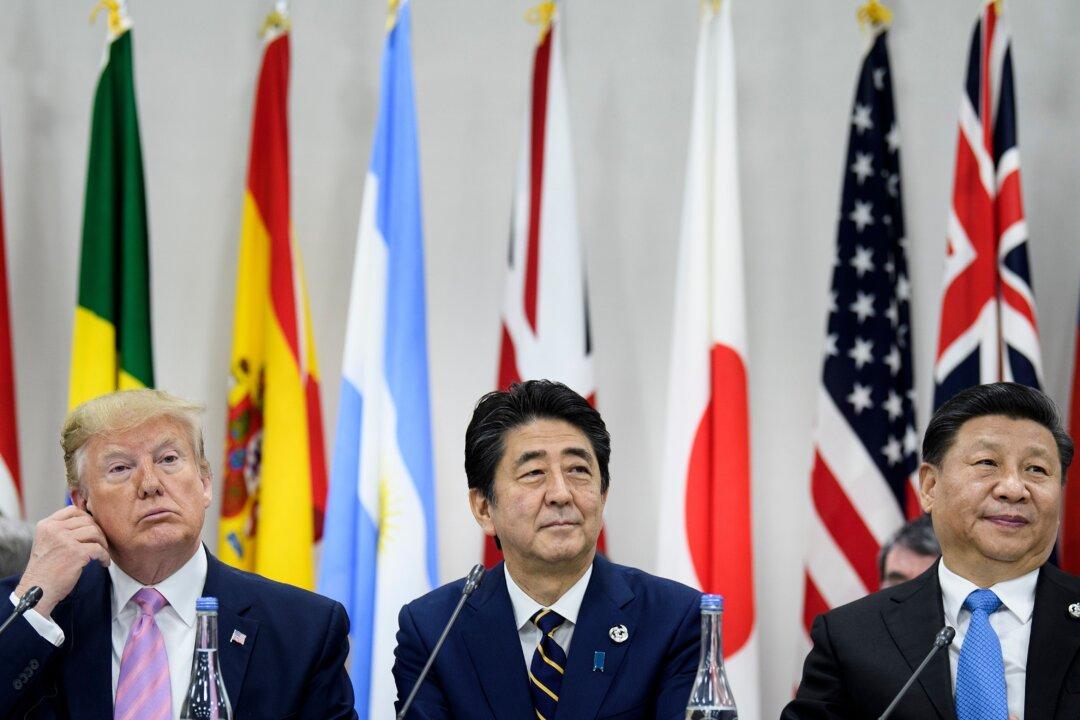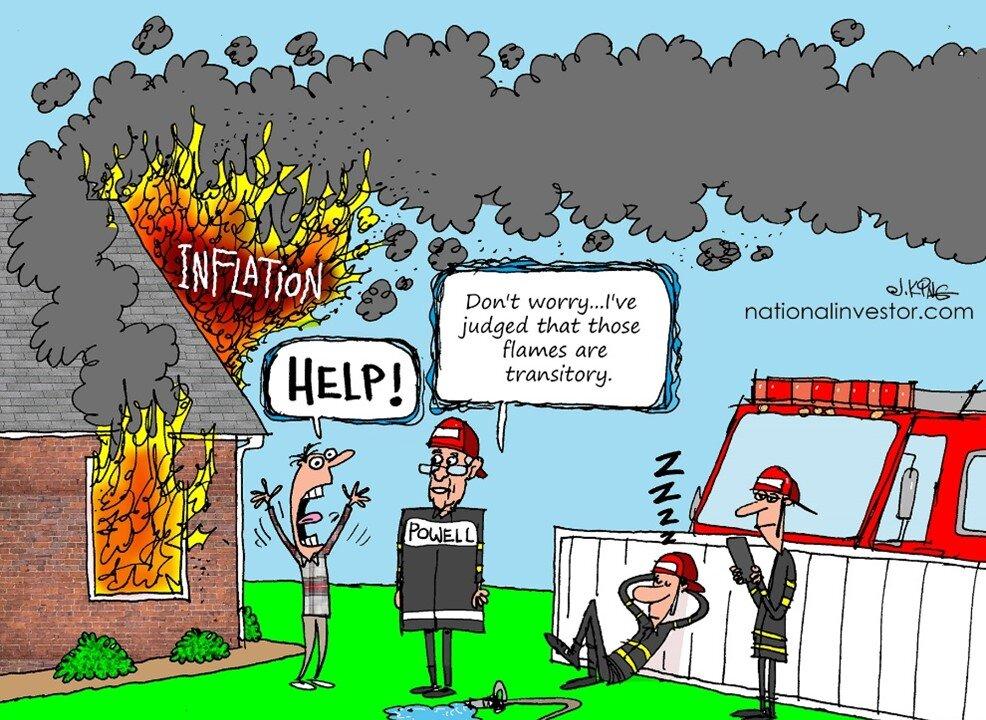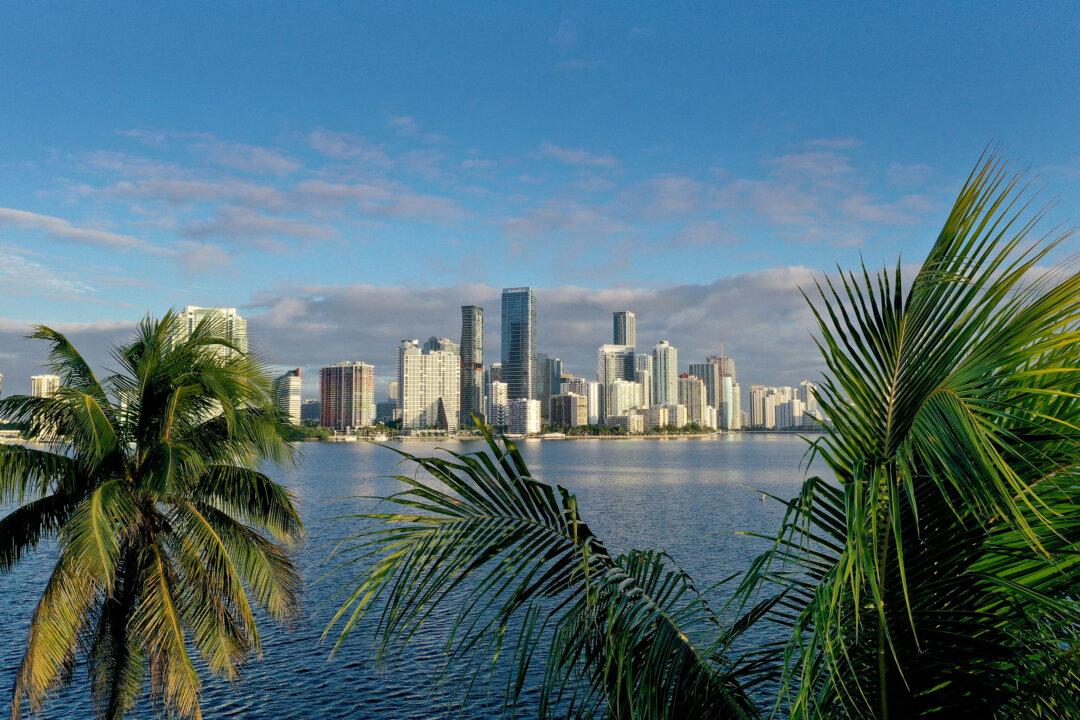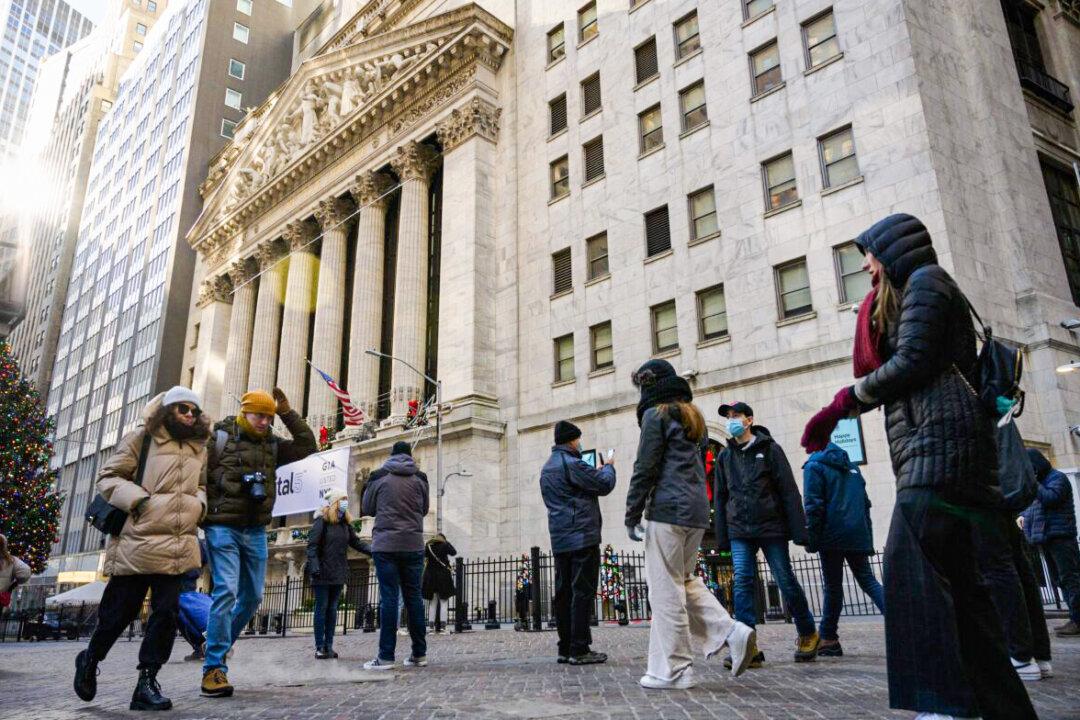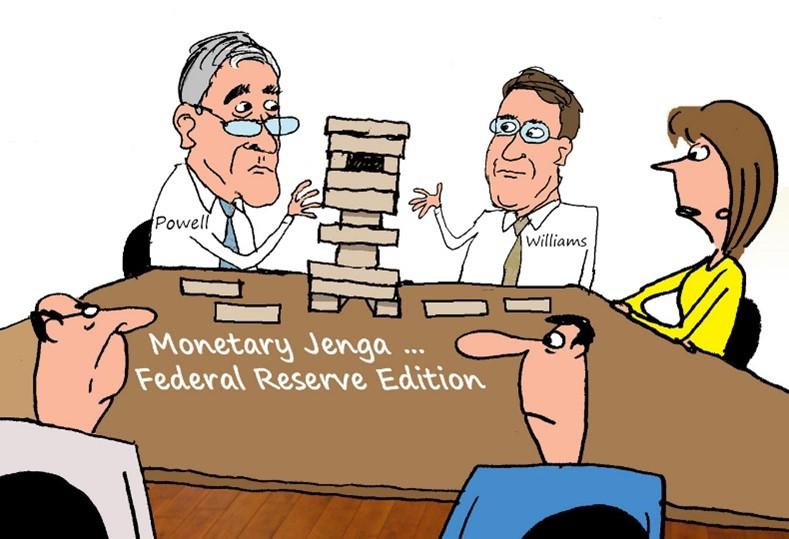Commentary
Back during the latter half of the 1980s, what many called an existential threat to America’s future seemed at hand—the financial juggernaut that Japan had then become. For a spell, Japanese investors and interests were seemingly buying up America, something decried by major public and private figures alike (among them the late, great Paul Harvey, who warned that Japan was buying America “with our money”).
